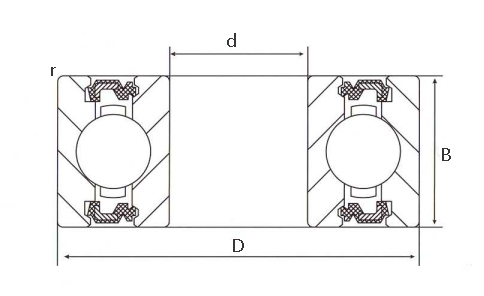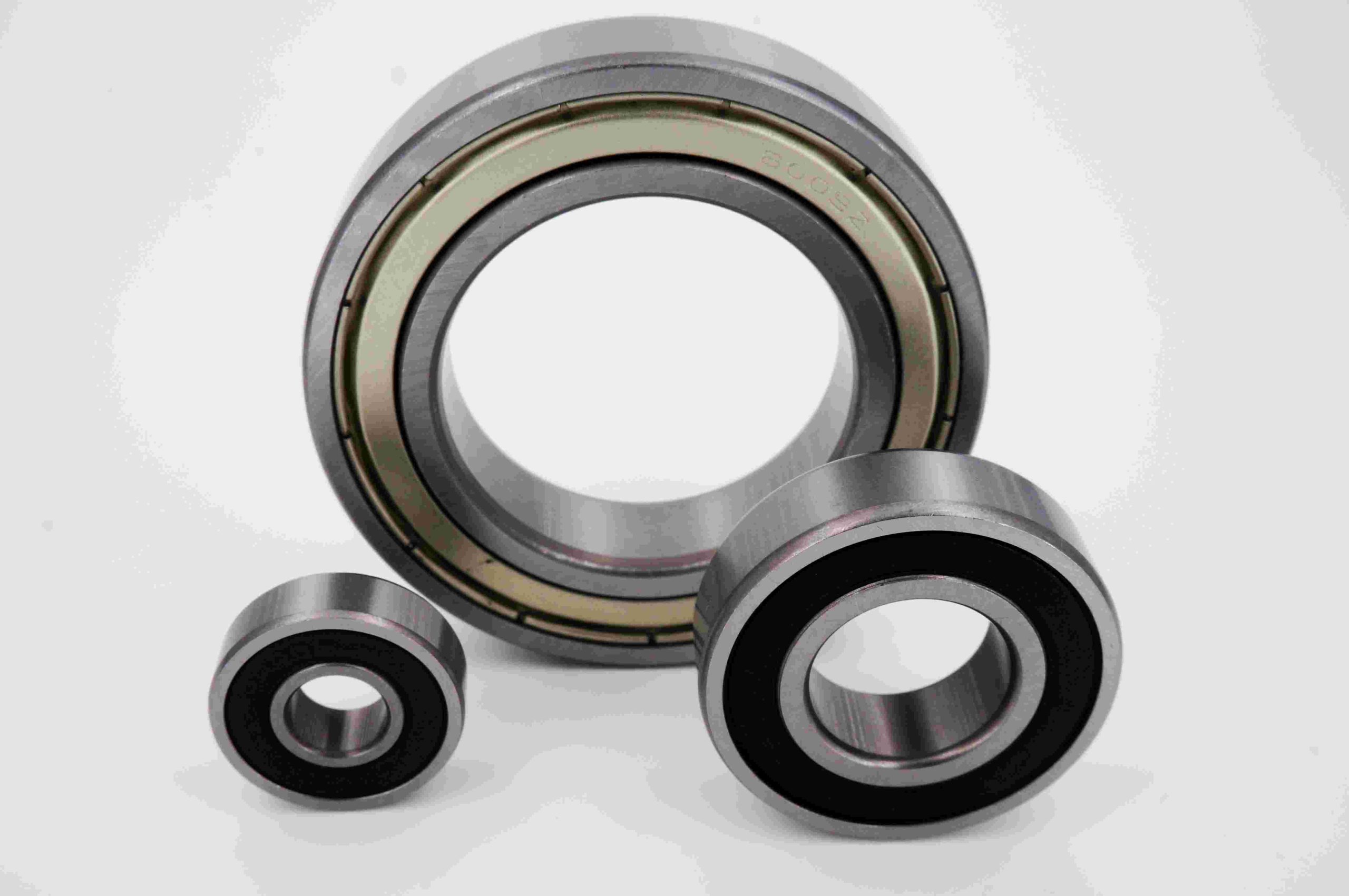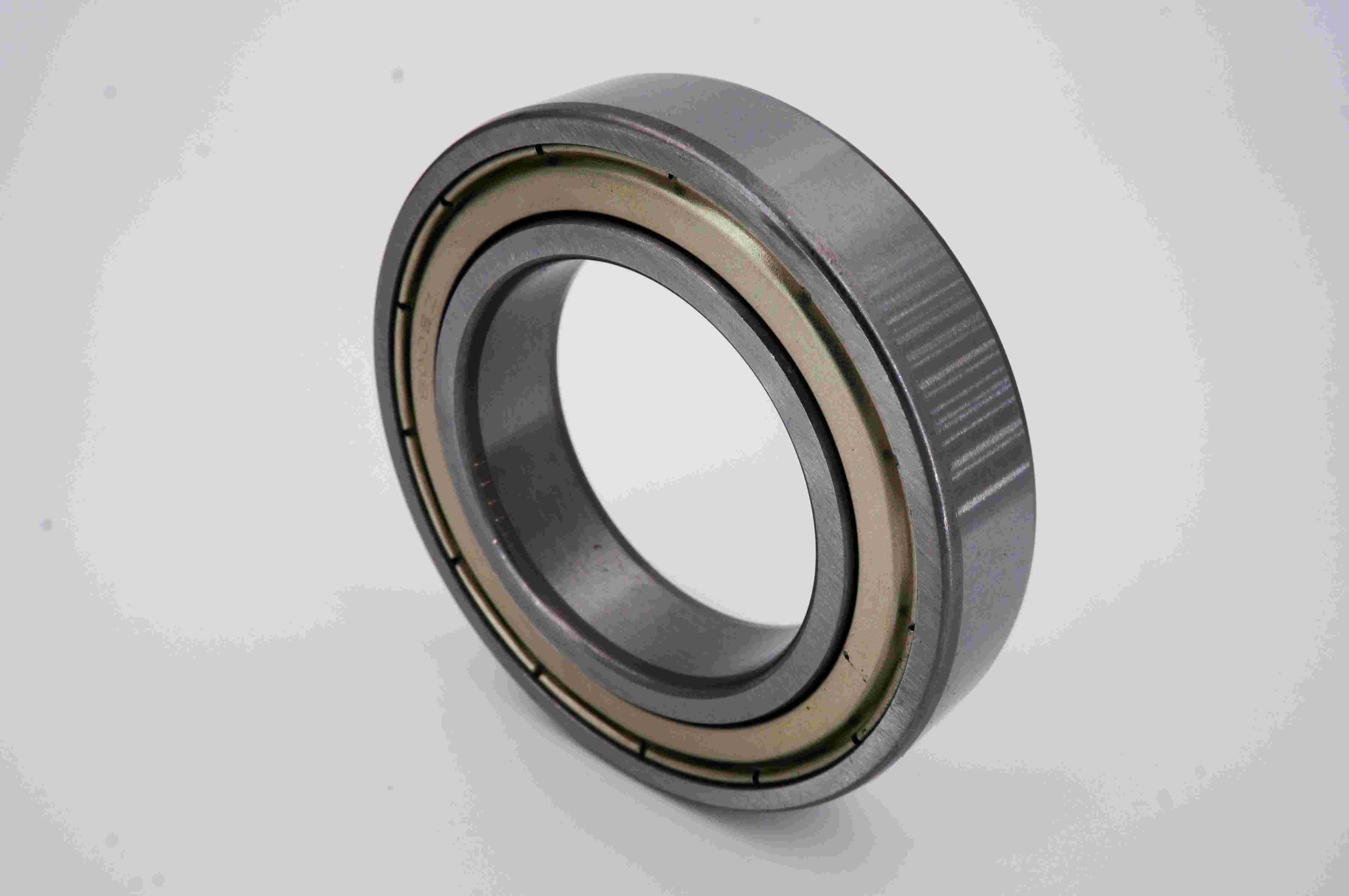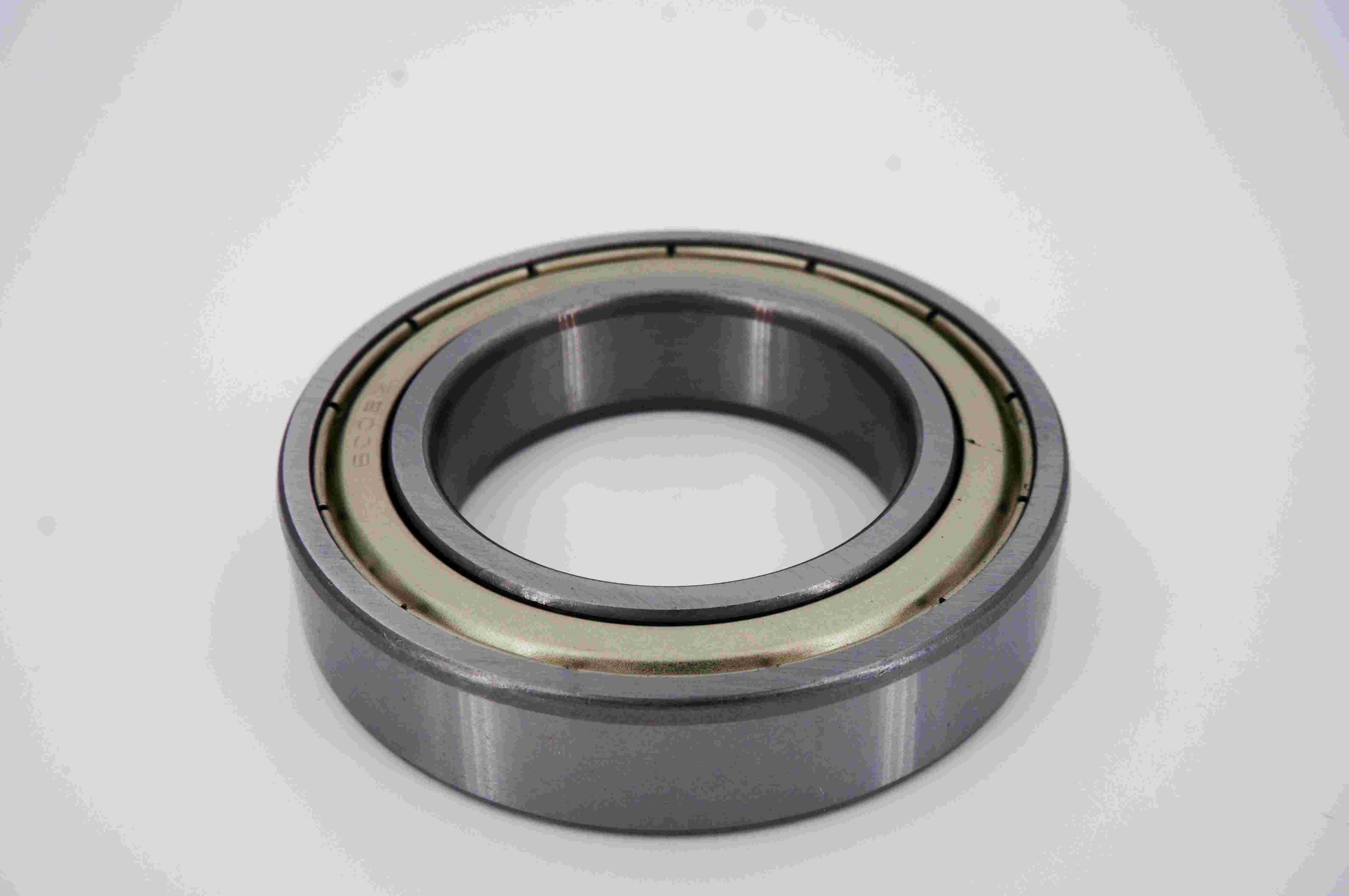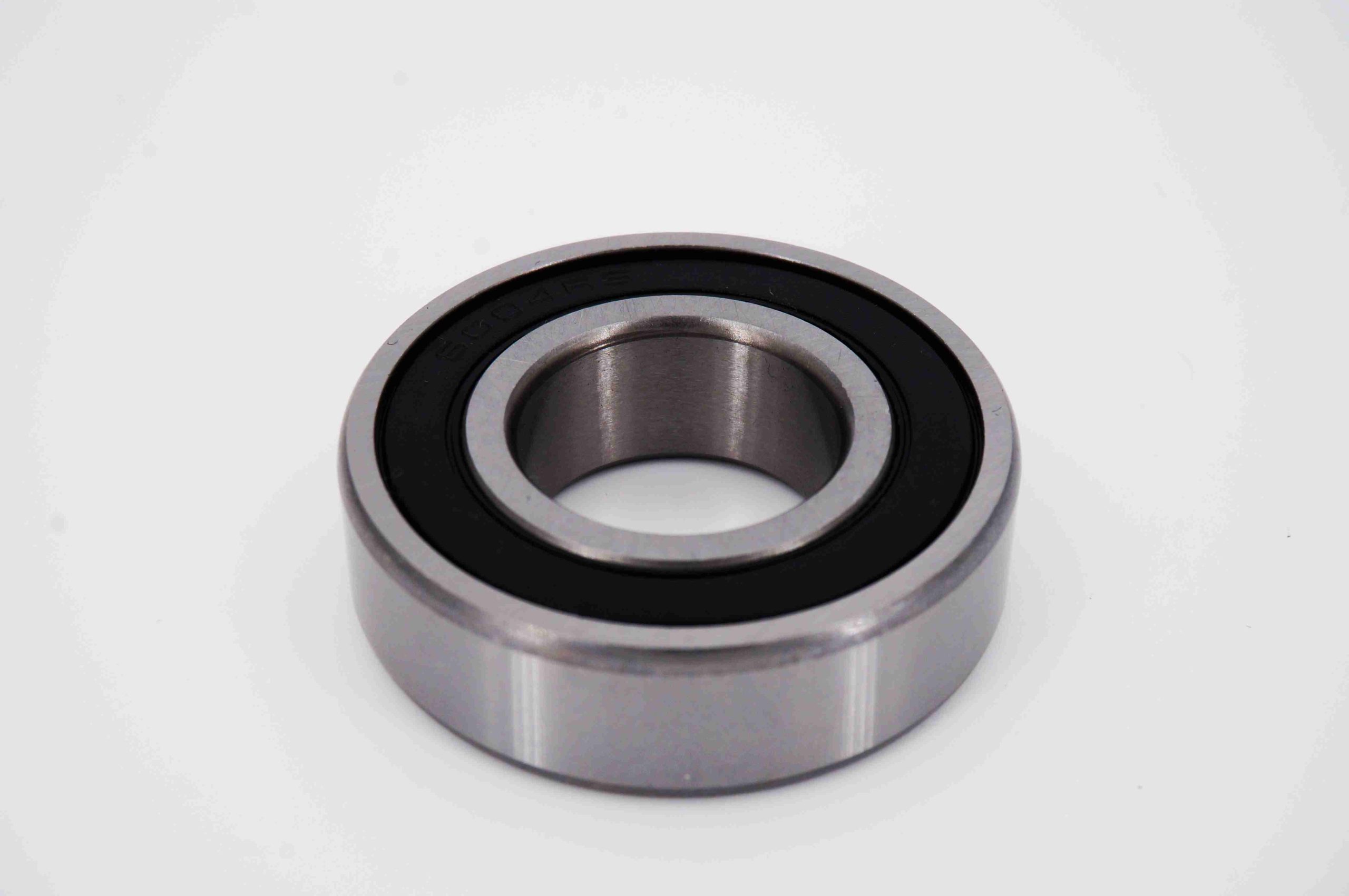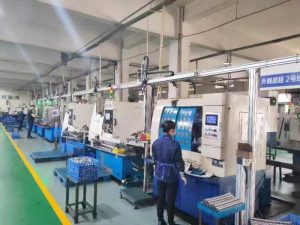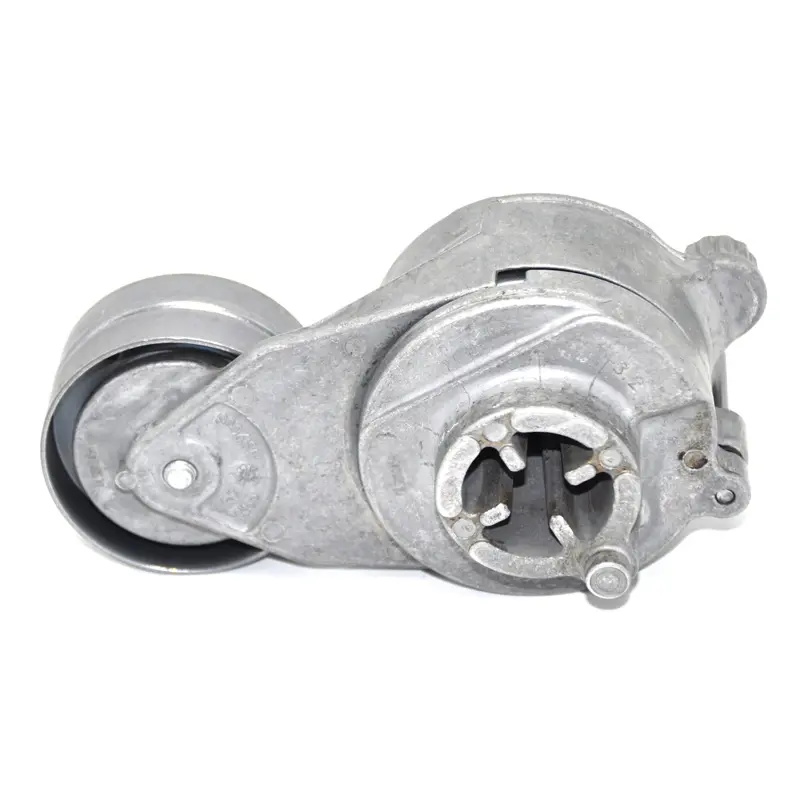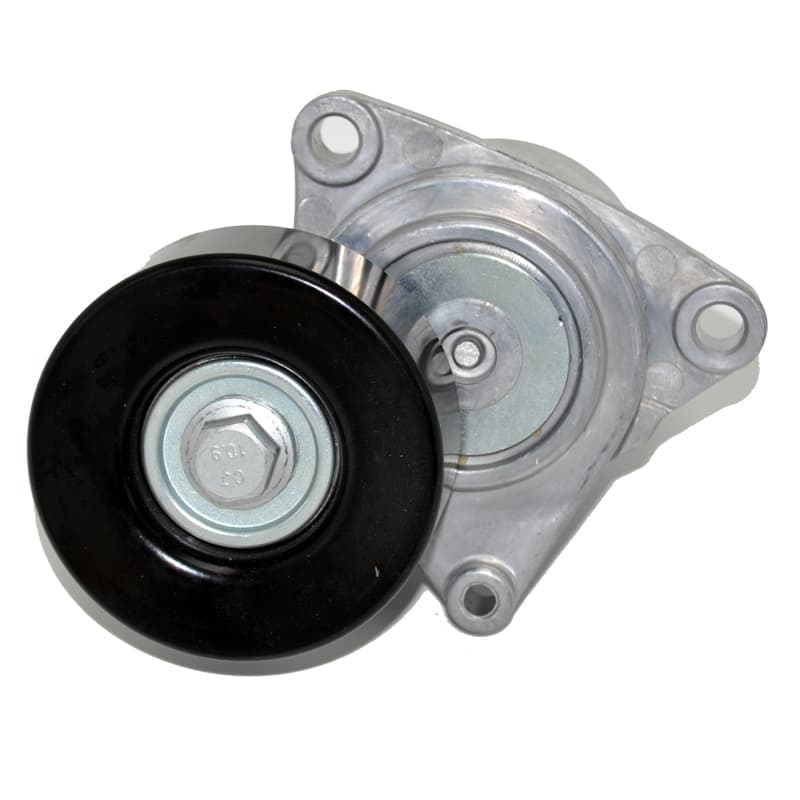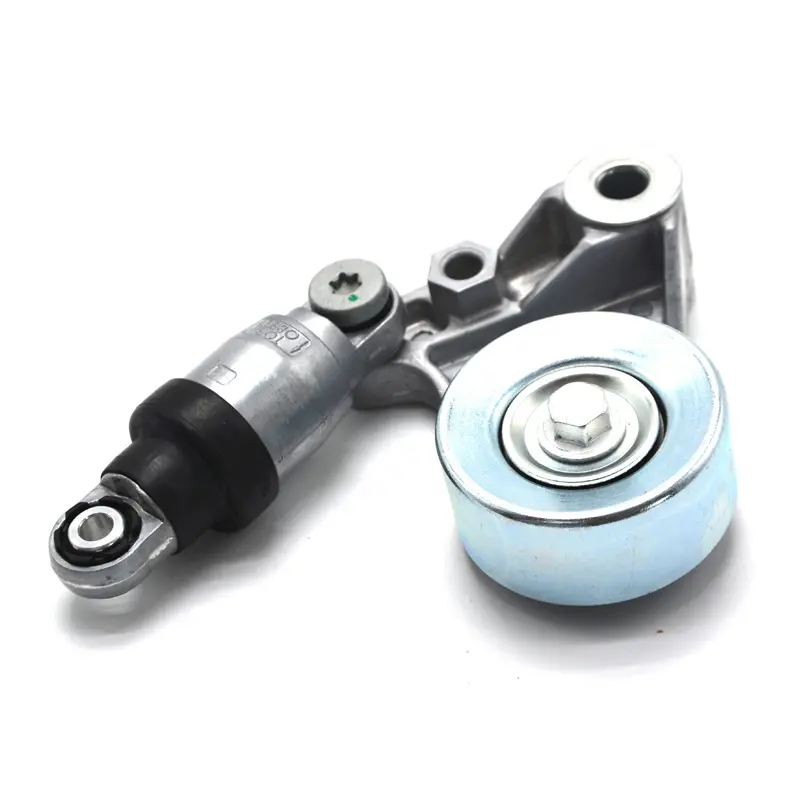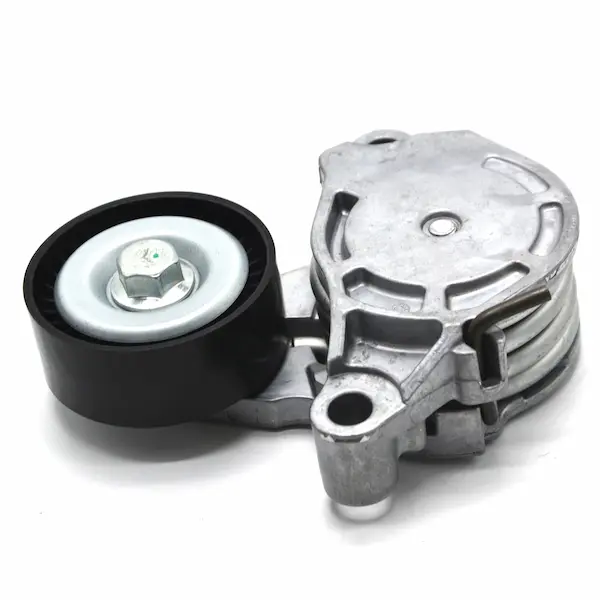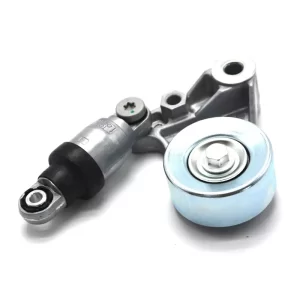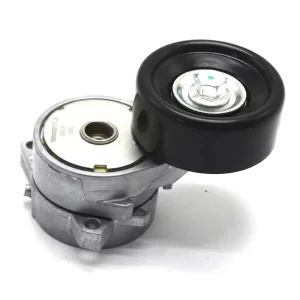Giliųjų griovelių rutuliniai guoliai yra neatsiejami komponentai, žinomi dėl savo tvirtos konstrukcijos, universalumo ir gebėjimo atlaikyti įvairias apkrovas, išlaikant greitą veikimą ir patikimumą įvairiose srityse.
Tinkamai naudodami ir prižiūrėdami giliojo griovelio rutulinius guolius, galite padidinti savo mašinų ir įrenginių našumą ir patikimumą, užtikrindami ilgalaikį ir efektyvų veikimą.
Mūsų gamykloje giliųjų riedėjimo guolių kokybė užtikrinama kruopščiais veiksmais: griežta medžiagų atranka, tiksliu apdirbimu, terminiu apdorojimu siekiant ilgaamžiškumo, kruopščiais patikrinimais ir kruopščiu pakavimu, kad būtų užtikrintas patikimumas.
Rutulinis guolis yra pagrindinis riedėjimo elementų guolių tipas, kuriam būdinga galimybė išlaikyti ir radialines, ir ašines apkrovas. Pateikiame išsamų jo konstrukcijos ir funkcionalumo aprašymą:
- Statyba:
Vidiniai ir išoriniai žiedai: Guolį sudaro vidinis žiedas, tvirtinamas prie veleno, ir išorinis žiedas, supantis besisukantį mazgą.
Lenktynių grioveliai: Abiejuose žieduose yra gilūs ištisiniai bėgių takeliai, kurie palengvina plieninių rutuliukų judėjimą.
Plieniniai rutuliukai: Šie rutuliukai, išdėstyti tarp vidinio ir išorinio žiedų, yra tolygiai išdėstyti ir rieda bėgių takelio grioveliais. - Funkcionalumas:
Apkrovos talpa: Dėl gilių riedėjimo takų griovelių guolis gali išlaikyti radialines (statmenas velenui) ir ašines (lygiagrečias velenui) apkrovas abiem kryptimis.
Didelės spartos pajėgumai: Sukurti siekiant efektyvumo, giliųjų griovelių rutuliniai guoliai veikia dideliu greičiu, esant minimaliai trinčiai ir triukšmui.
Universalumas: Jie tinka įvairiems darbams, kuriems reikia sklandaus ir patikimo sukimosi įvairiomis sąlygomis. - Funkcijos:
Antspaudai ir skydai: Guoliai gali būti su riebokšliais arba skydais, kurie apsaugo nuo teršalų ir sulaiko tepalą guolyje. - Kokybės užtikrinimas:
Kokybę užtikriname taikydami griežtus procesus, įskaitant medžiagų atranką, tikslų apdirbimą, terminį apdorojimą siekiant užtikrinti ilgaamžiškumą ir išsamius bandymus.
Kokybės kontrolės priemonėmis tikrinamas matmenų tikslumas, paviršiaus apdaila ir eksploatacinės savybės, kad būtų laikomasi pramonės standartų ir klientų reikalavimų.
Šie guoliai vertinami dėl greito veikimo, tylaus veikimo ir gebėjimo patikimai veikti įvairiose srityse, įskaitant pramonines mašinas, automobilių sistemas ir buitinius prietaisus.
Patarimai, kaip montuoti giliųjų griovelių rutulinius guolius
- Paruošimas:Užtikrinkite, kad darbo vieta būtų švari ir joje nebūtų teršalų. Surinkite visus reikiamus įrankius ir įrangą, pavyzdžiui, guolių traukiklius, presus ir švarias pirštines.
- Patikrinimas:Prieš montuodami patikrinkite, ar guolis ir jo korpusas neturi pažeidimų ar defektų požymių. Įsitikinkite, kad velenas ir korpusas yra švarūs, be atplaišų ir aštrių briaunų.
- Teisingas tvarkymas:Laikykite guolį švariomis, sausomis rankomis arba mūvėkite pirštines, kad išvengtumėte užteršimo. Venkite guolį numesti arba į jį atsitrenkti, nes tai gali jį sugadinti.
- Tinkamas derinimas:Įsitikinkite, kad guolis teisingai sulygiuotas su velenu ir korpusu. Jei reikia, naudokite lyginimo įrankius, kad išvengtumėte neteisingo išlyginimo, kuris gali sukelti ankstyvą gedimą.
- Jėgos panaudojimas:Jėga veikite tik tą žiedą, kuris spaudžiamas. Pavyzdžiui, montuodami į korpusą veikite išorinį žiedą, o montuodami ant veleno - vidinį žiedą. Naudokite presą arba guolių montavimo įrankį, kad spaudimas būtų tolygus. Nenaudokite plaktuko ar kitų smūginių įrankių, nes jie gali būti pažeisti.
- Tepimas:Tepkite guolį gamintojo nurodyto tipo ir kiekio tepalu. Jei guolis iš anksto suteptas ir užsandarintas, papildomai tepti nereikia.
- Šildymas ir vėsinimas:Jei norite, kad guolis sandariai priglustų, gali tekti jį pašildyti arba atvėsinti veleną. Naudokite indukcinį šildytuvą arba tinkamą metodą, kad išvengtumėte perkaitimo ar netolygaus kaitinimo. Neviršykite gamintojo nurodytų temperatūros ribų.
- Antspaudai ir skydai:Įsitikinkite, kad visos plombos ar skydai nepažeisti ir tinkamai uždėti. Sandarikliai ir skydai apsaugo guolį nuo teršalų ir sulaiko tepalą.
- Testavimas:Sumontavę sukite guolį ranka, kad užtikrintumėte sklandų ir laisvą judėjimą. Patikrinkite, ar nėra neįprasto triukšmo, surišimo ar pasipriešinimo.
Laikydamiesi šių patarimų, galite užtikrinti tinkamą ir veiksmingą giliojo riedėjimo rutulinių guolių montavimą, kuris pagerins jūsų įrangos veikimą ir ilgaamžiškumą.

